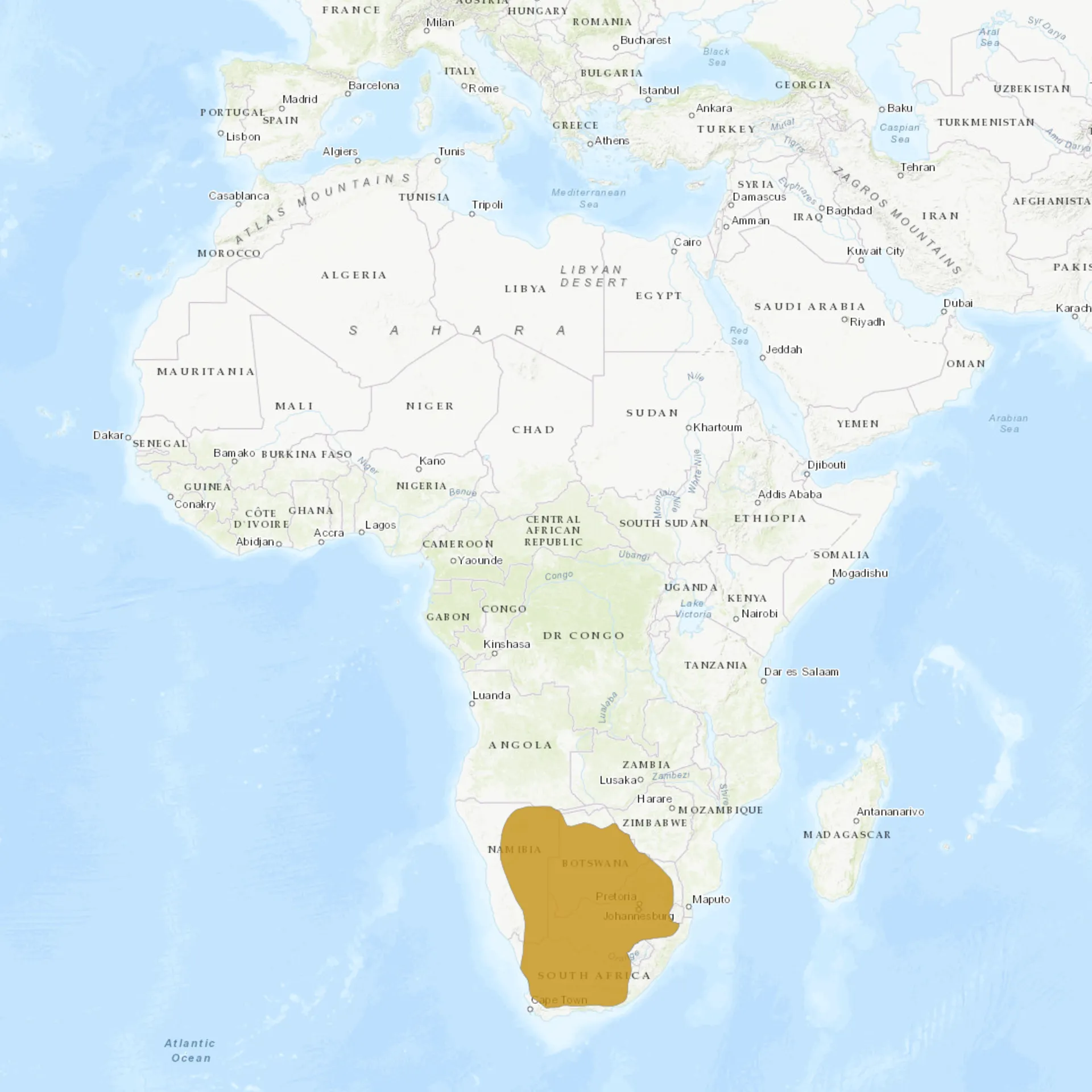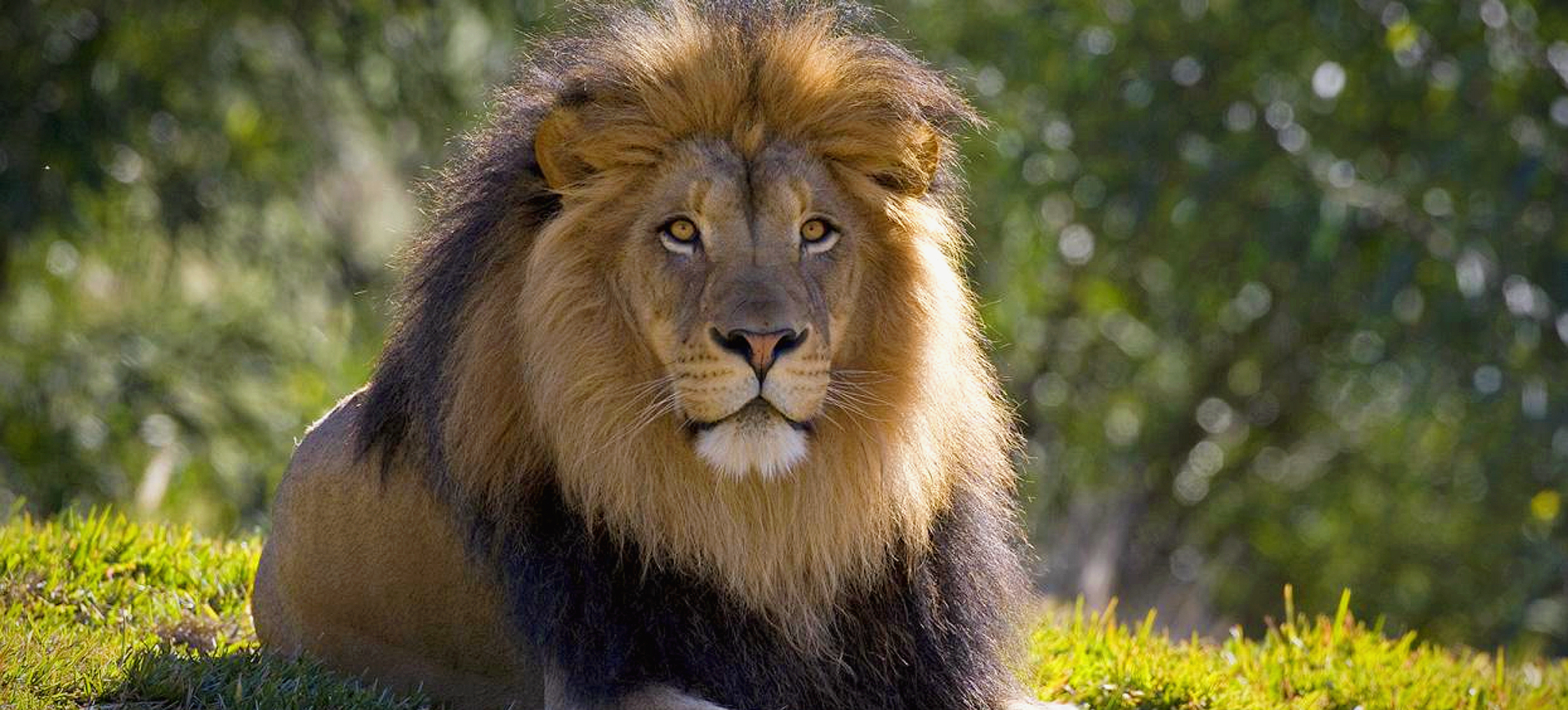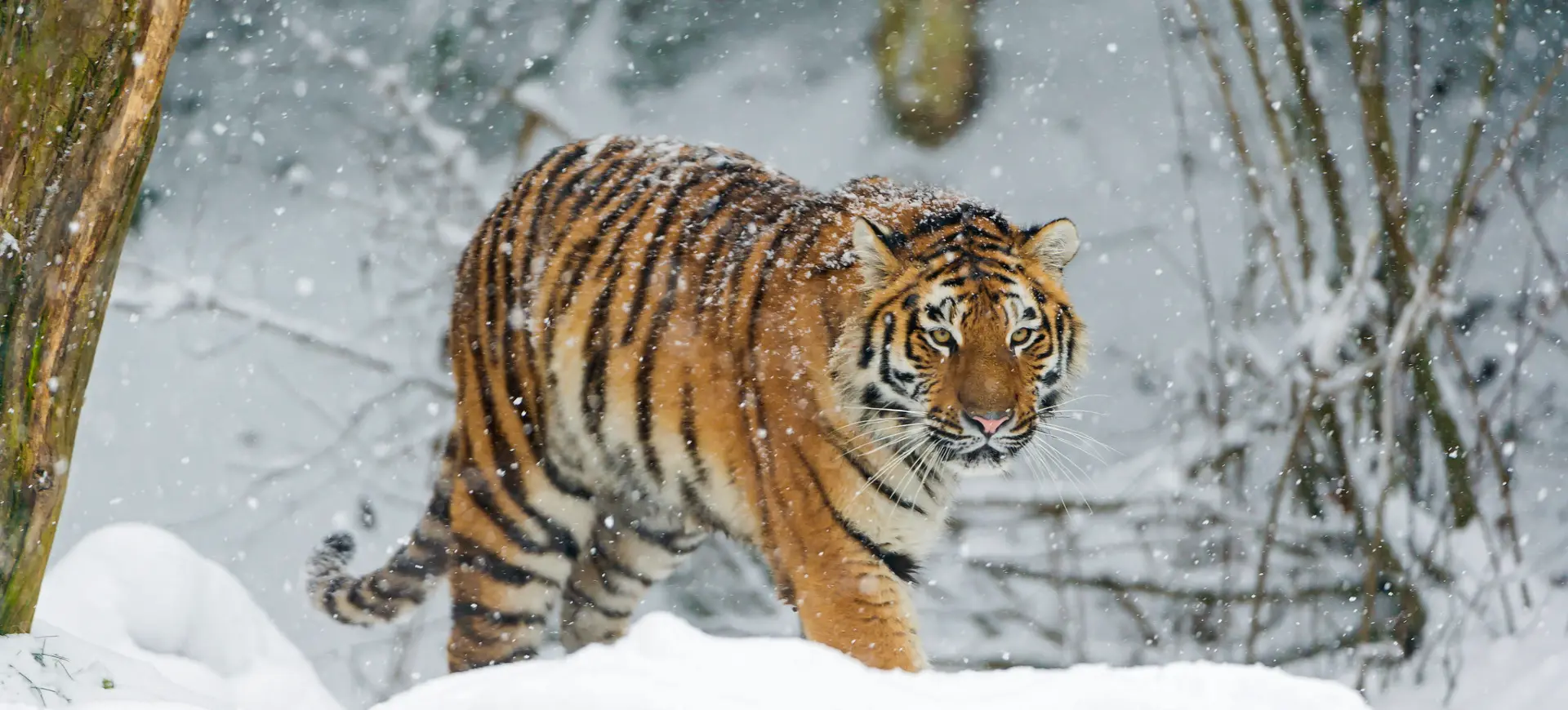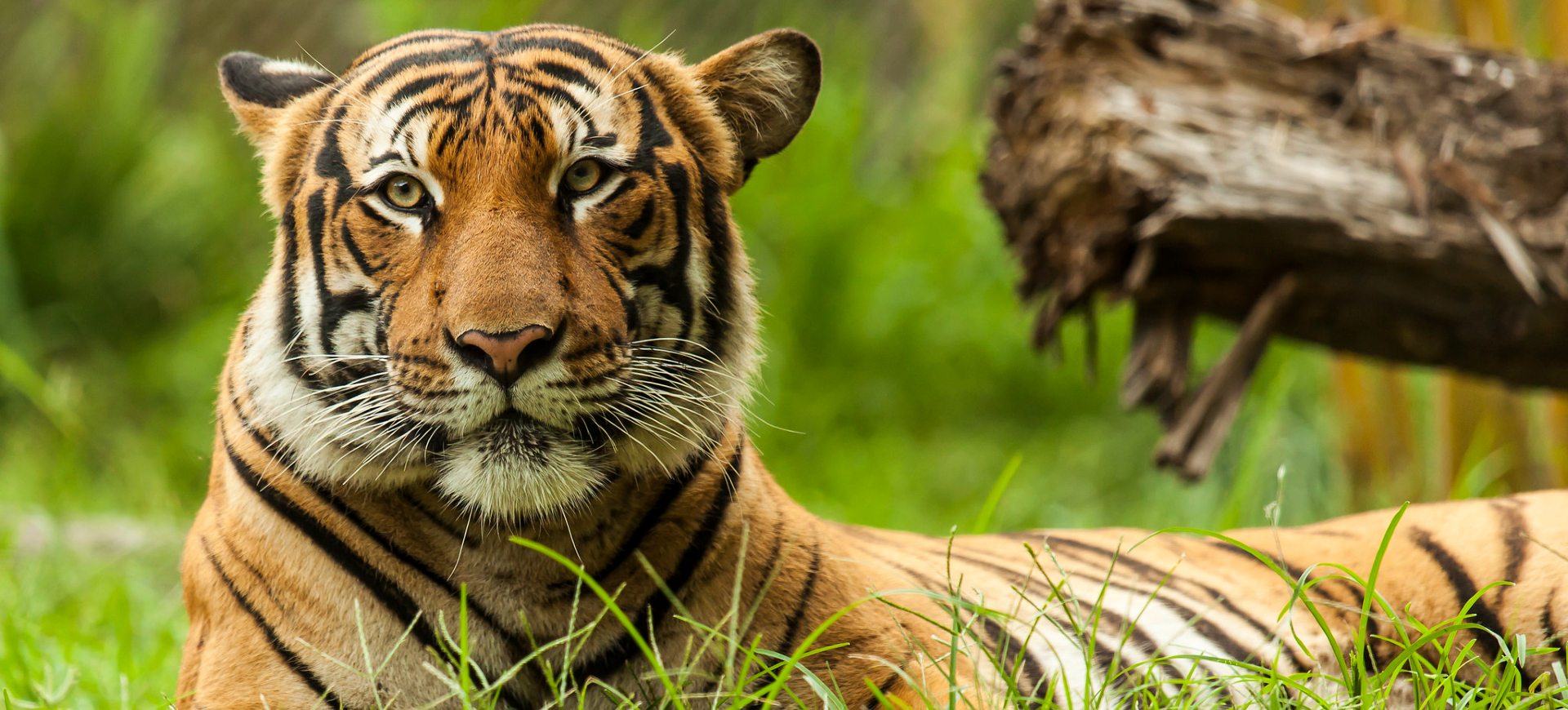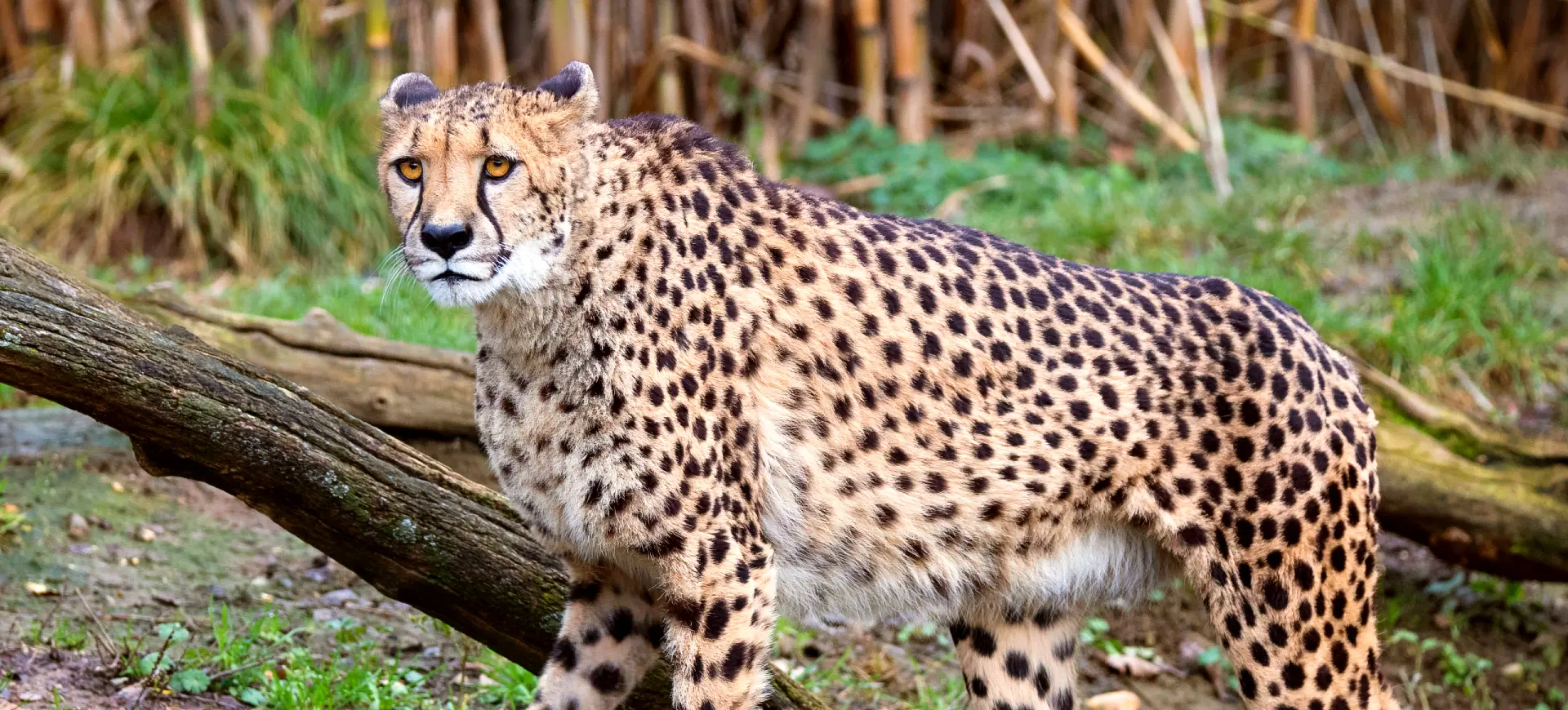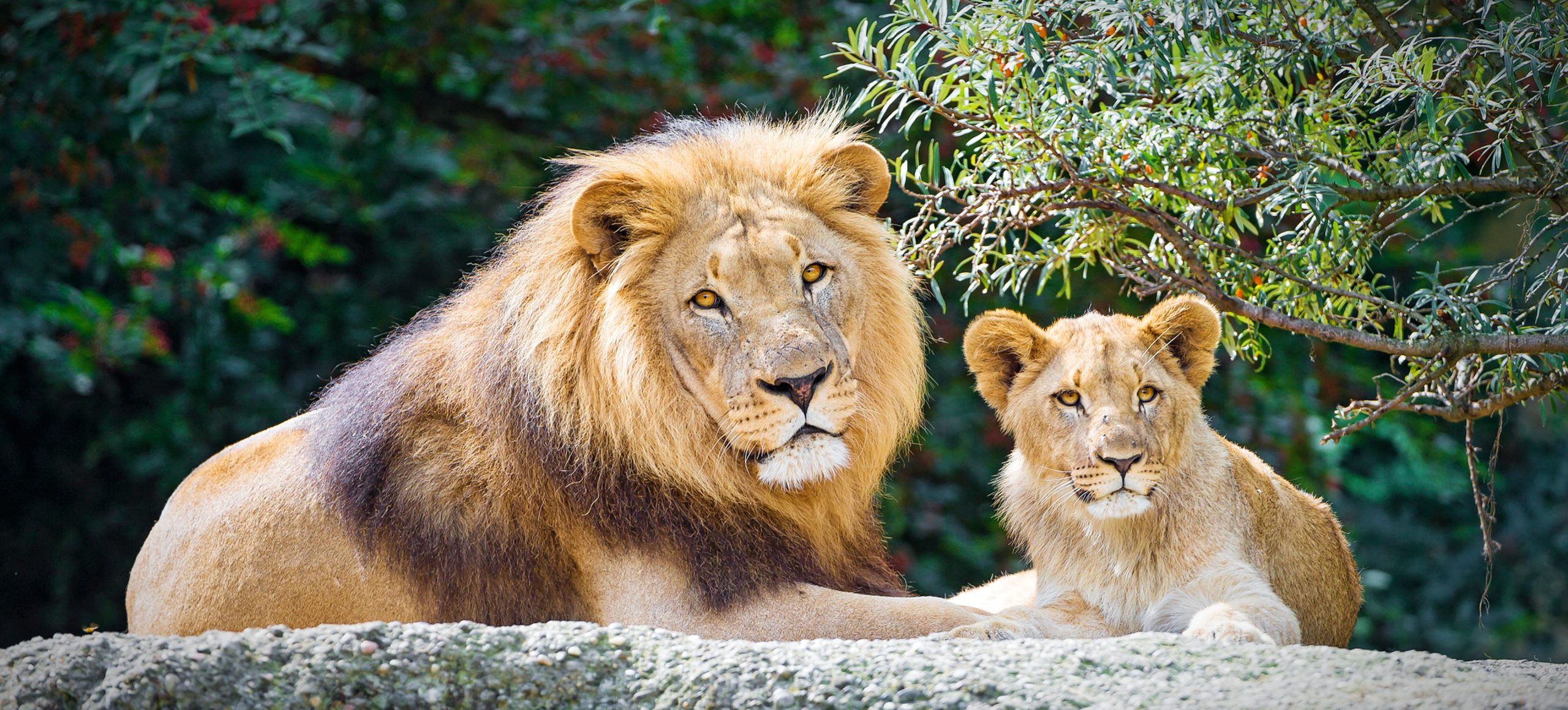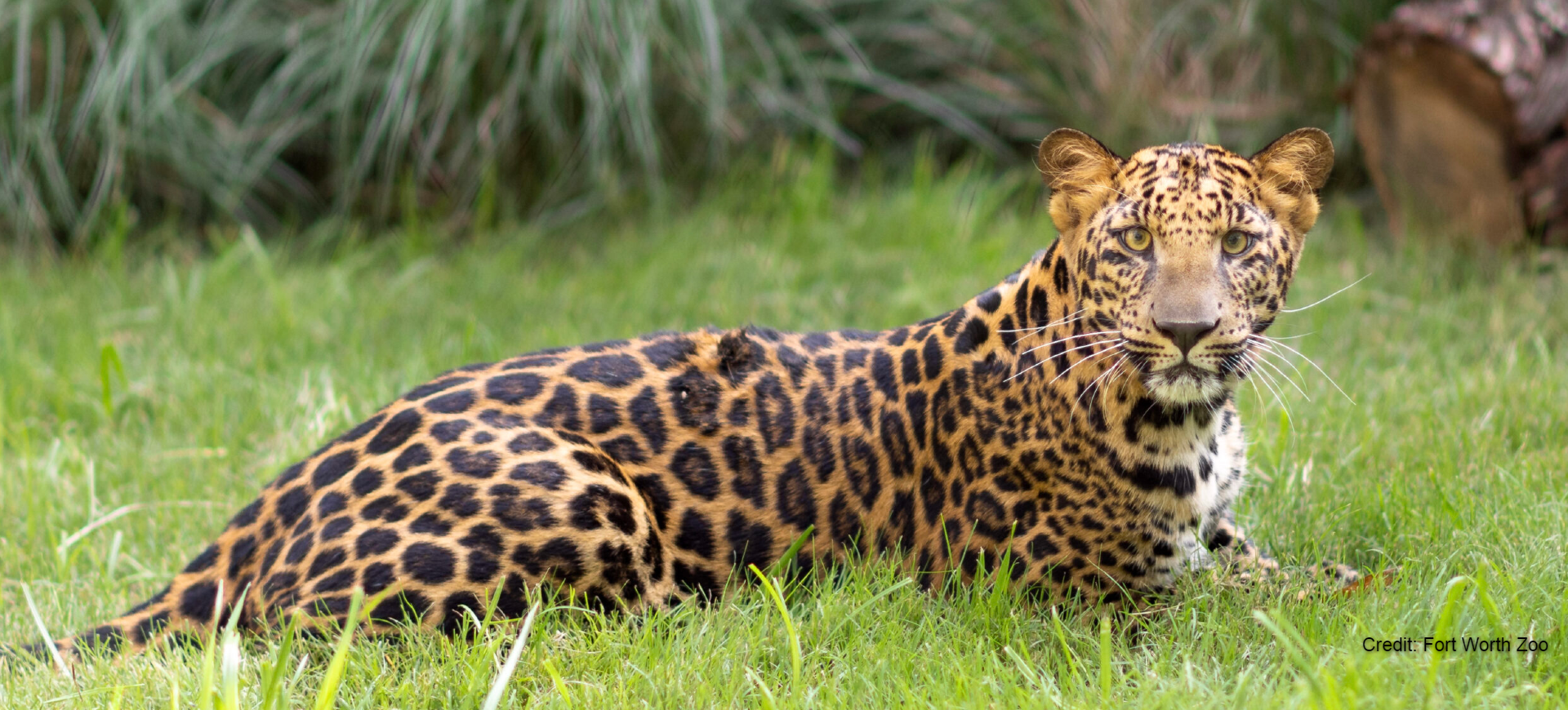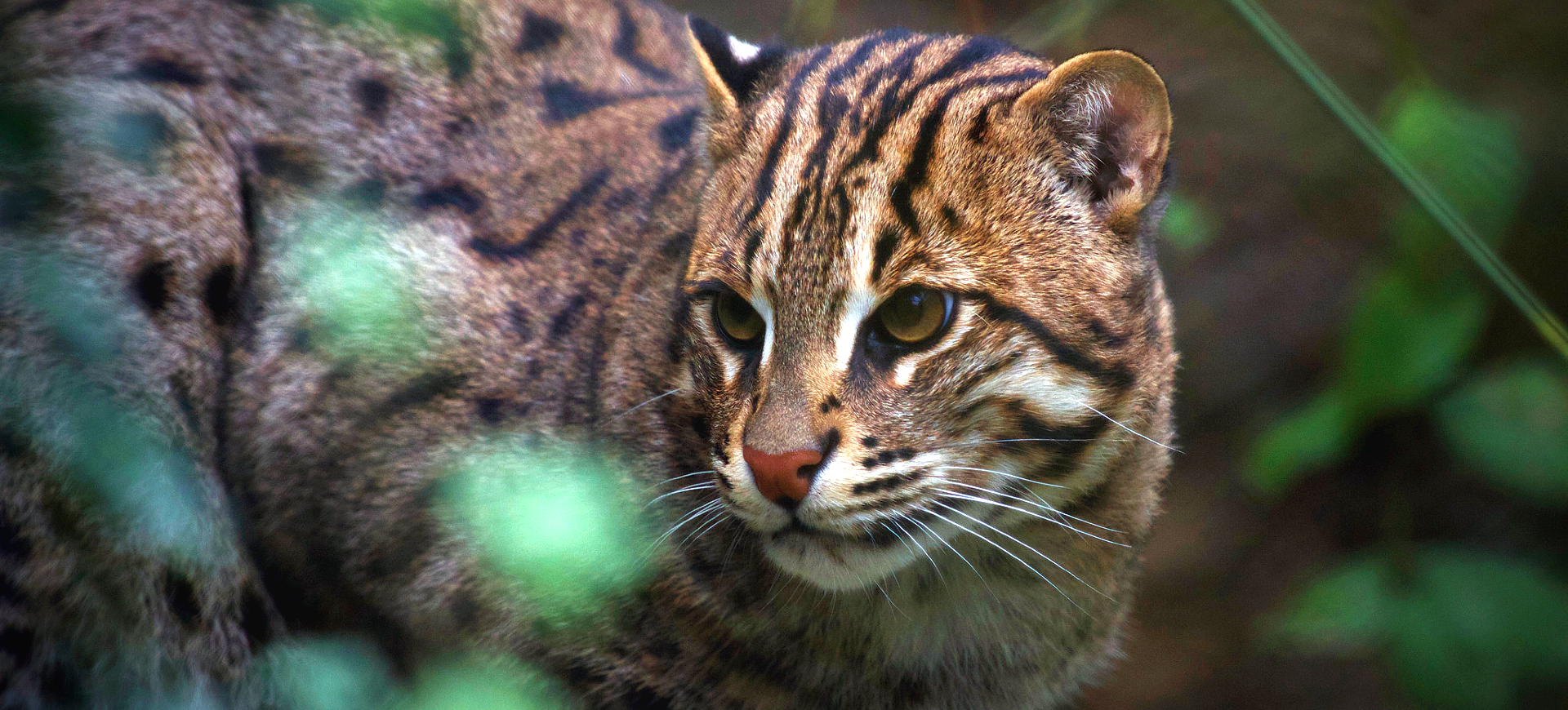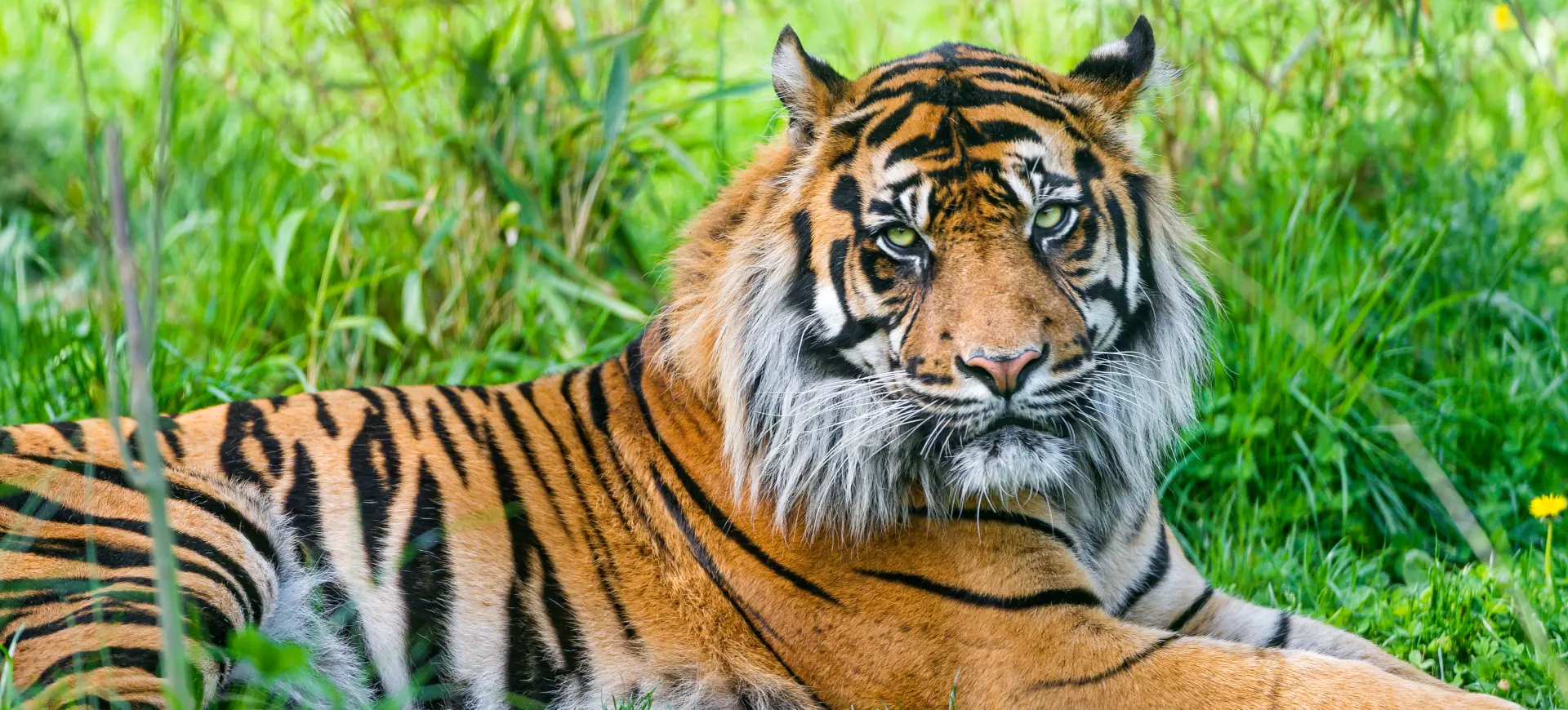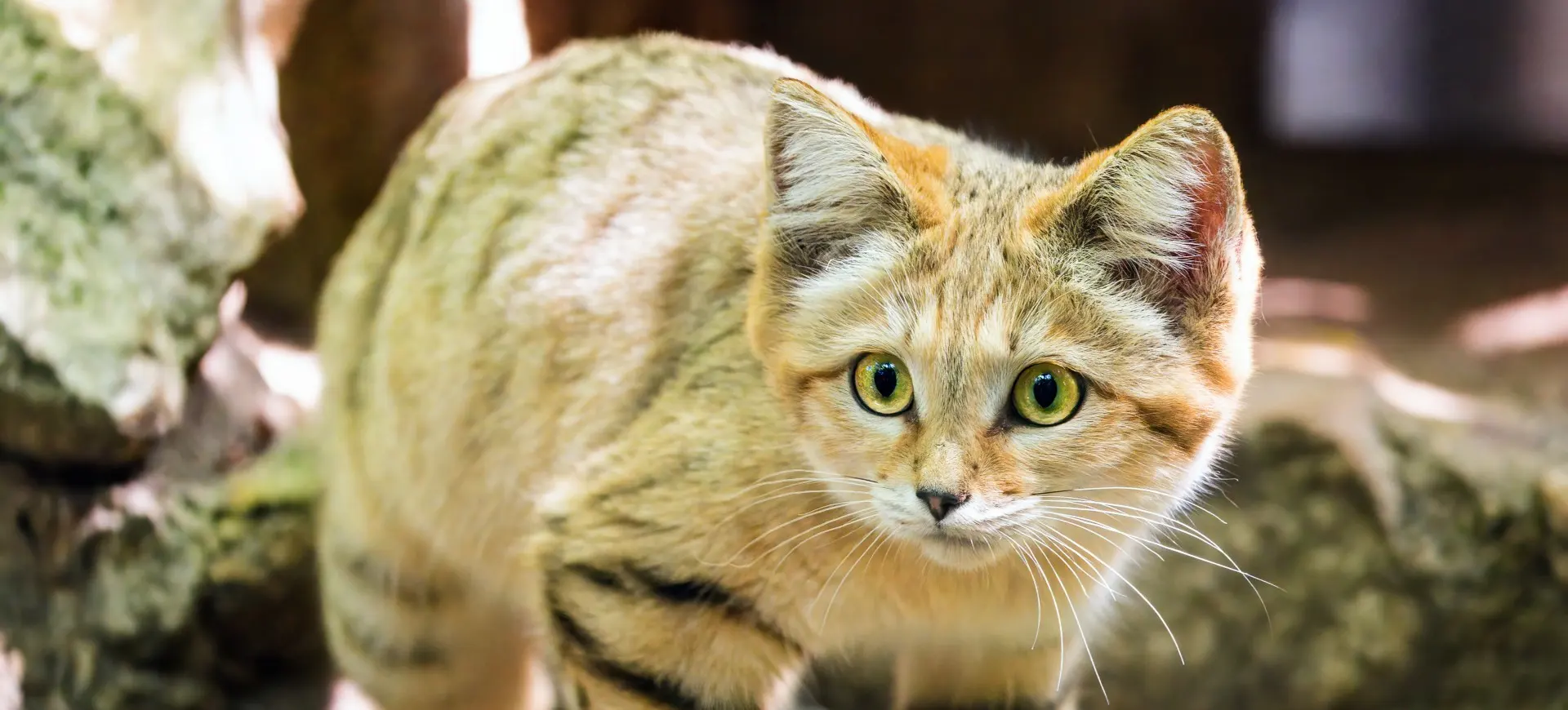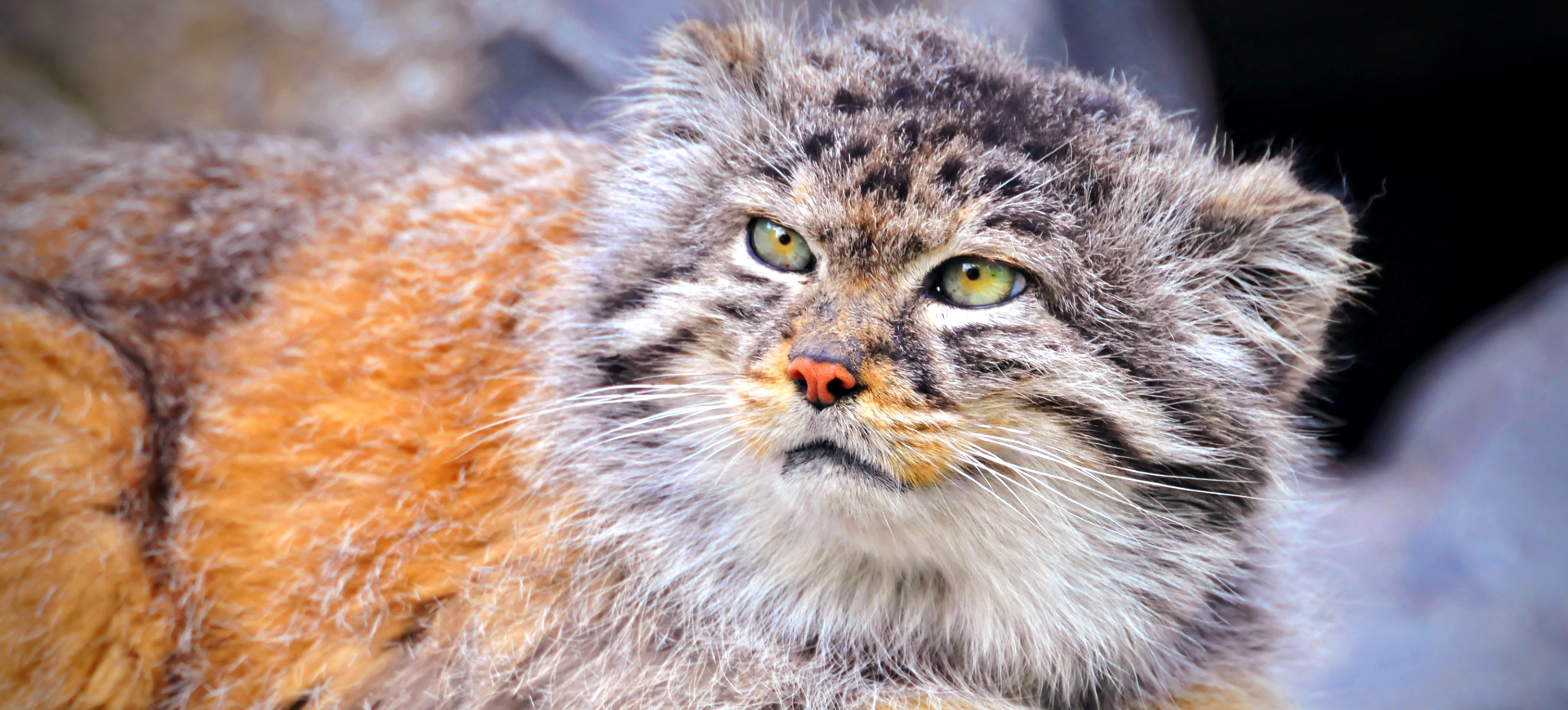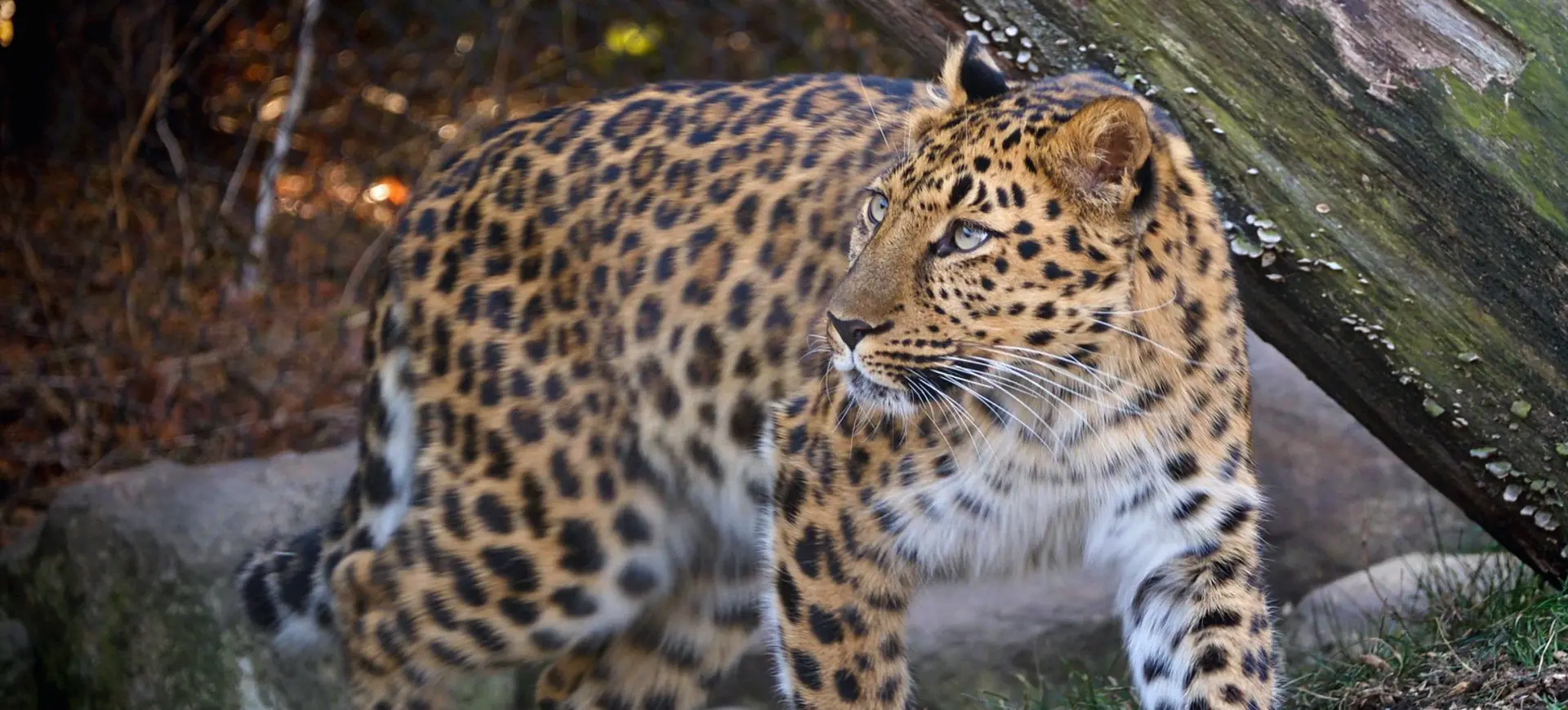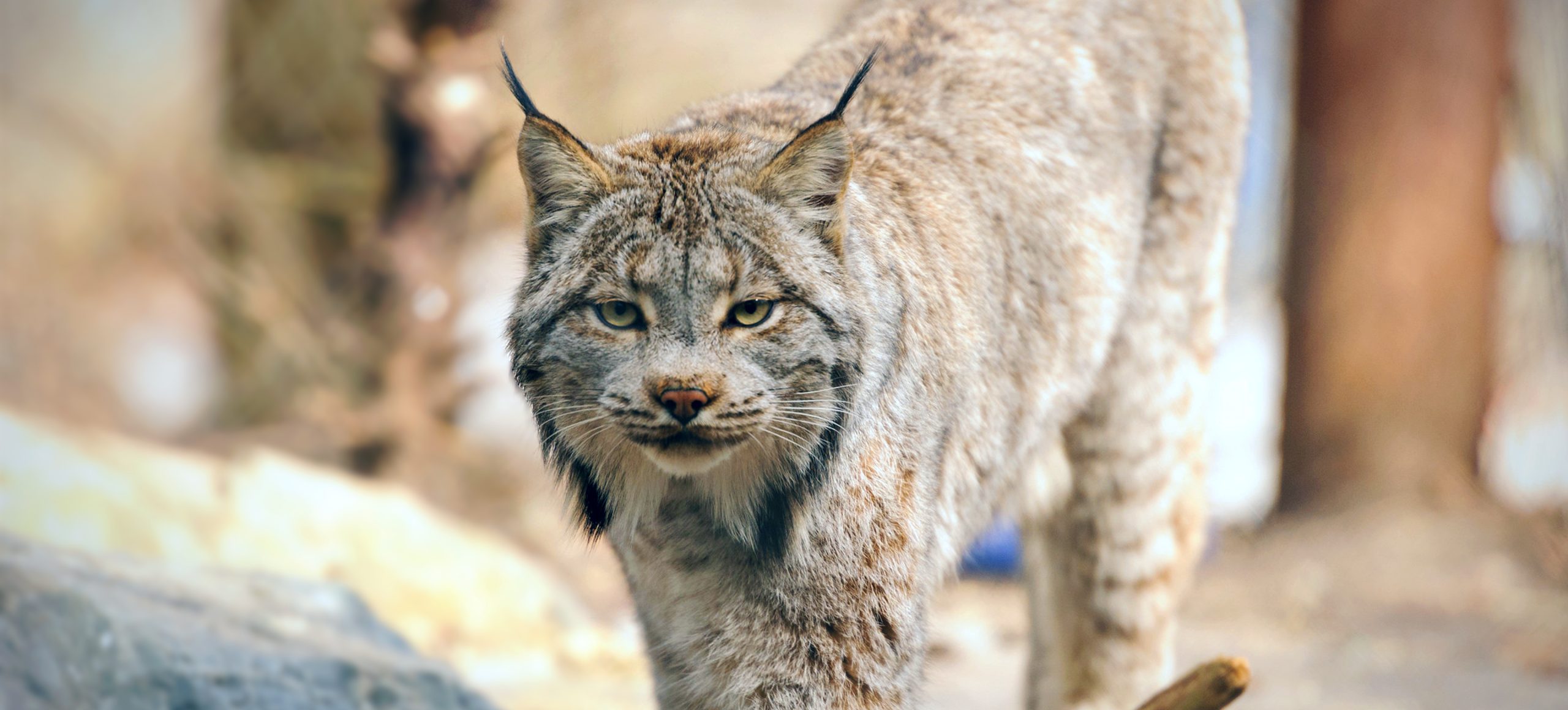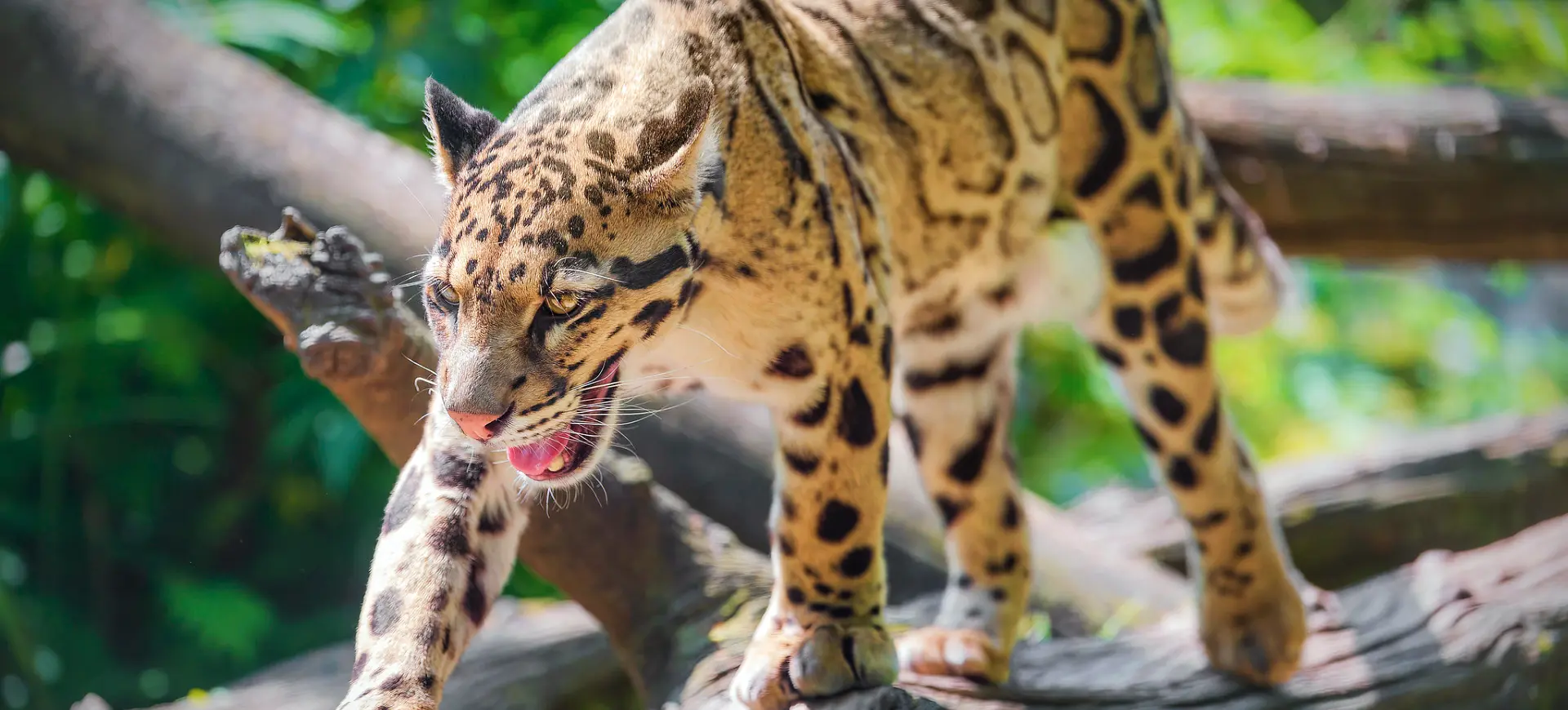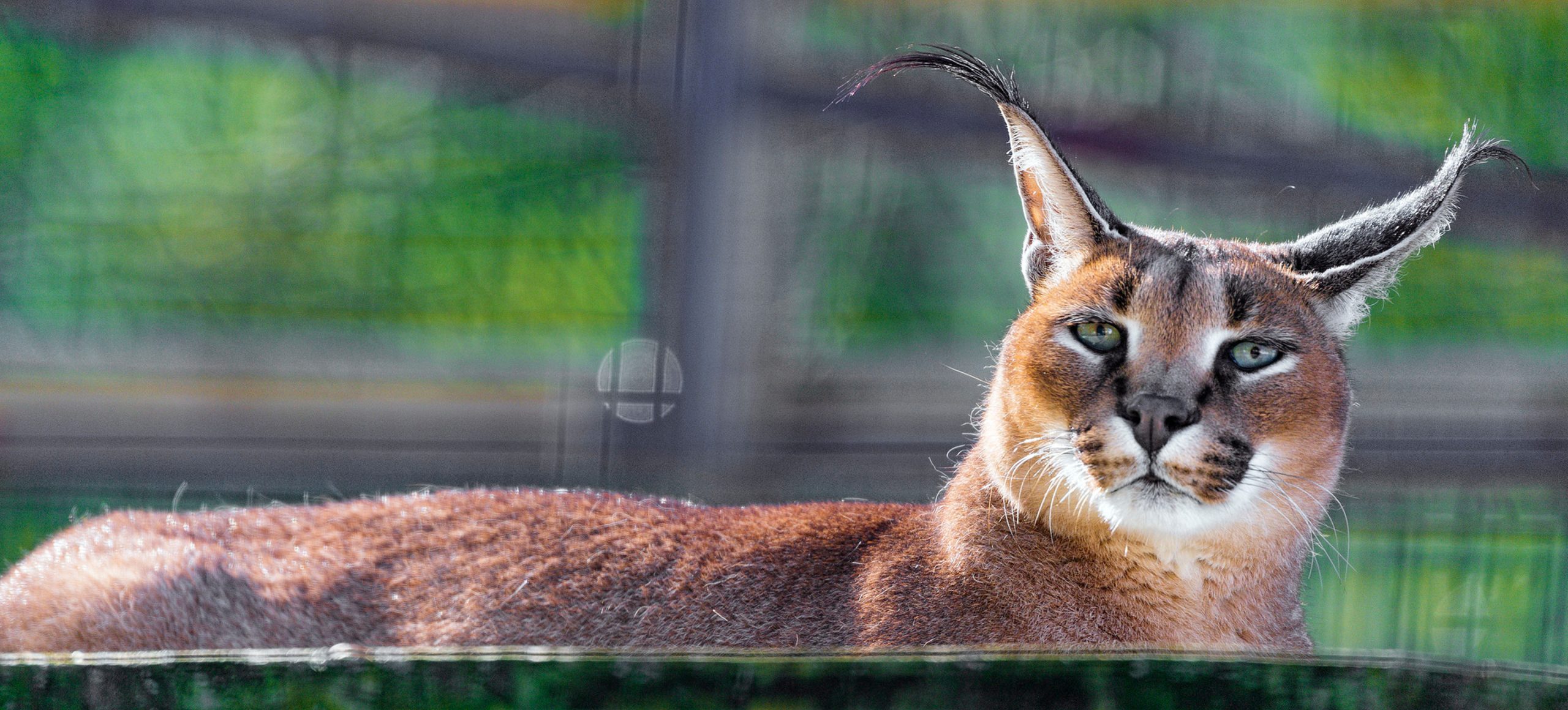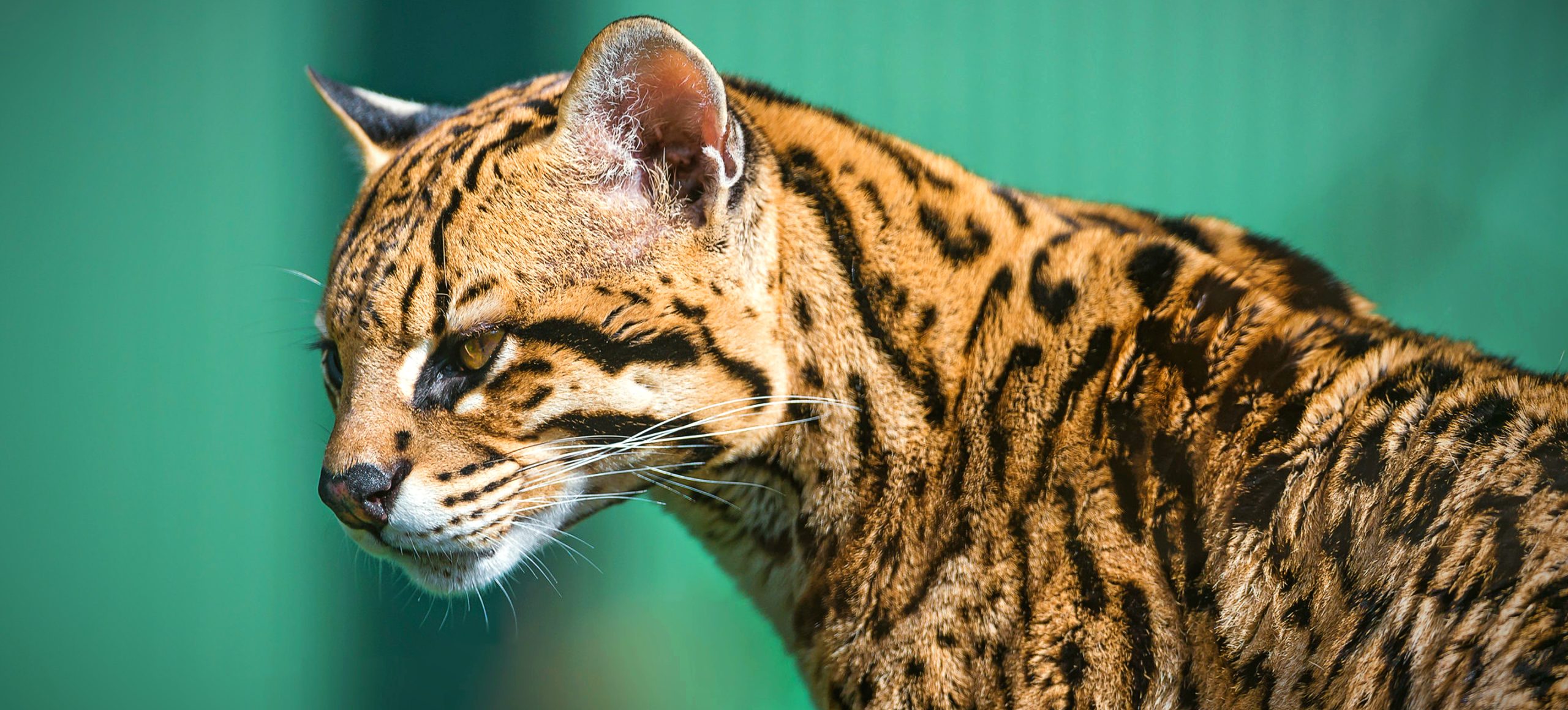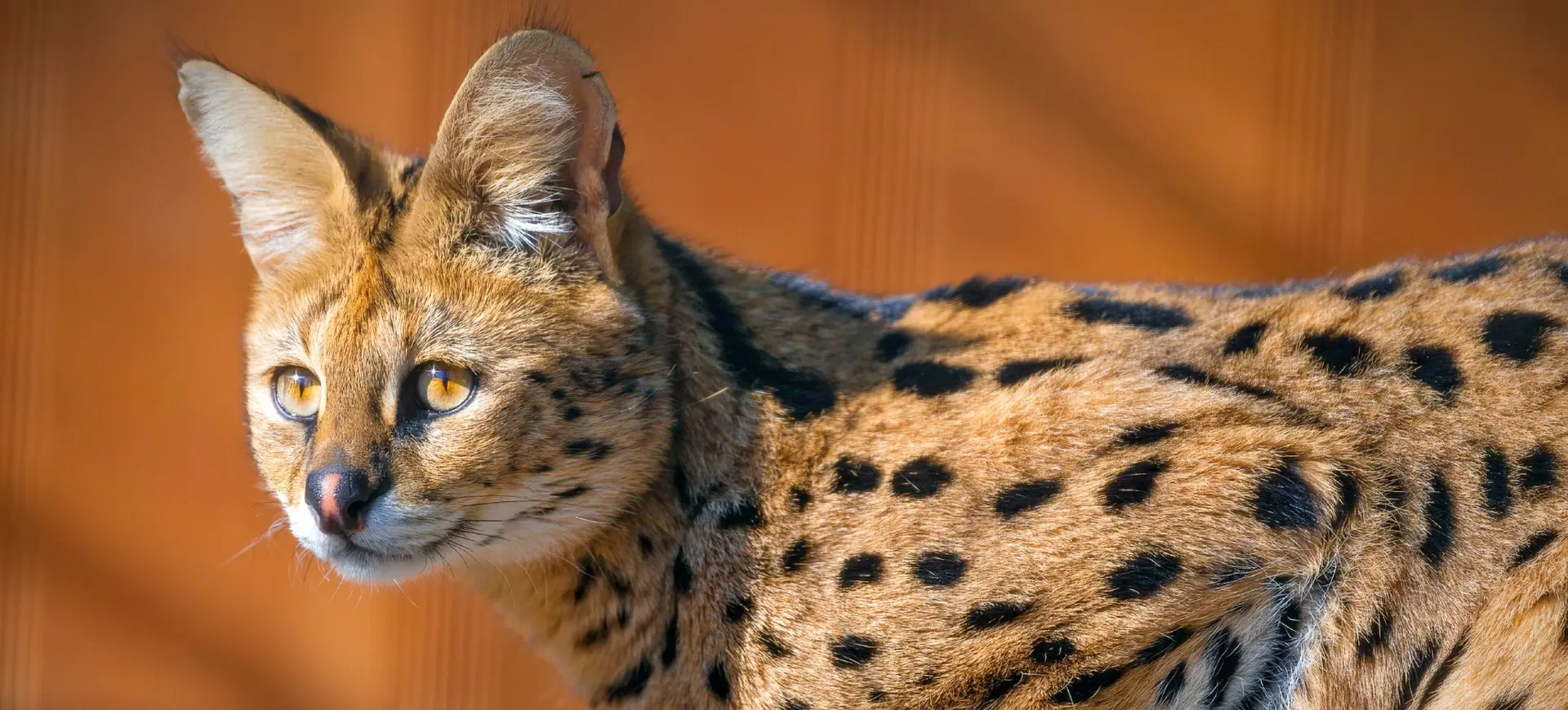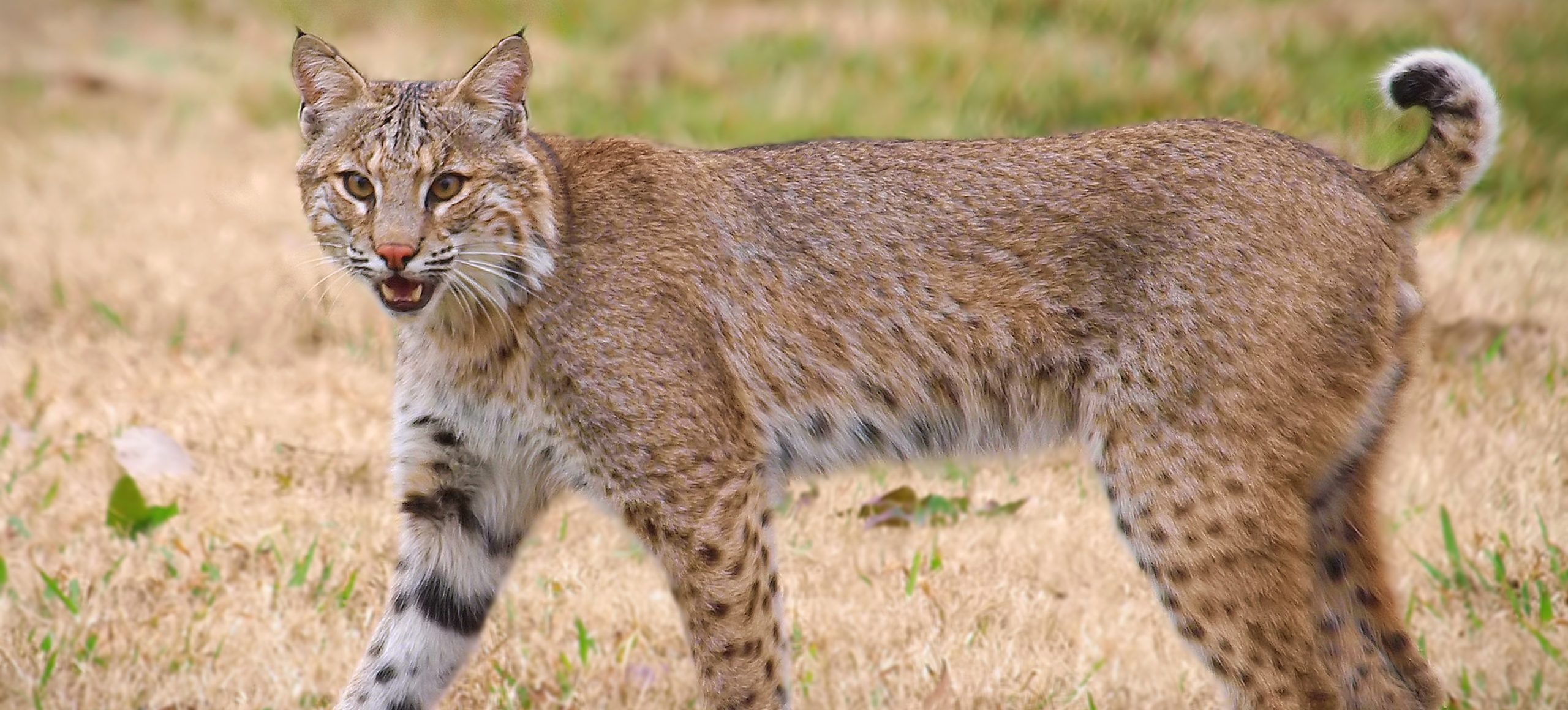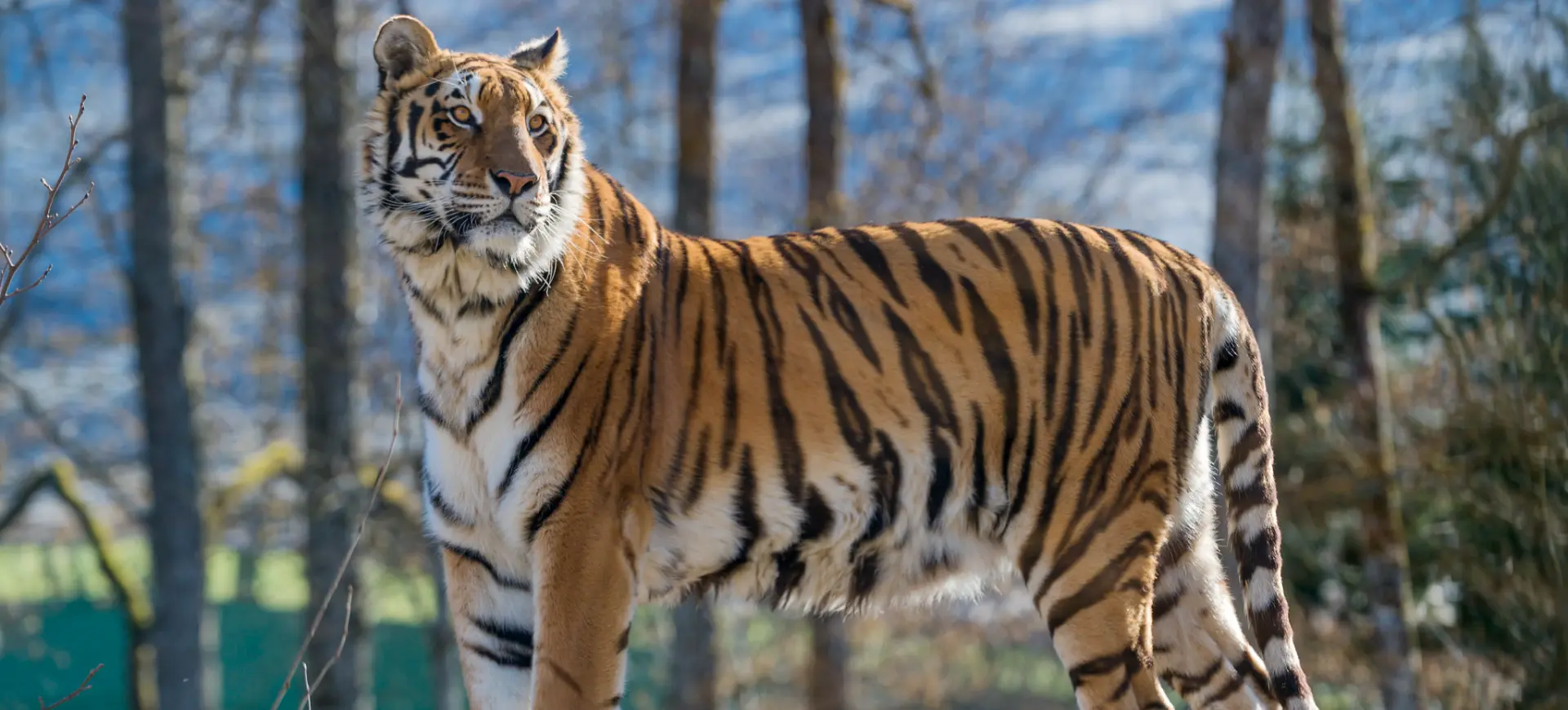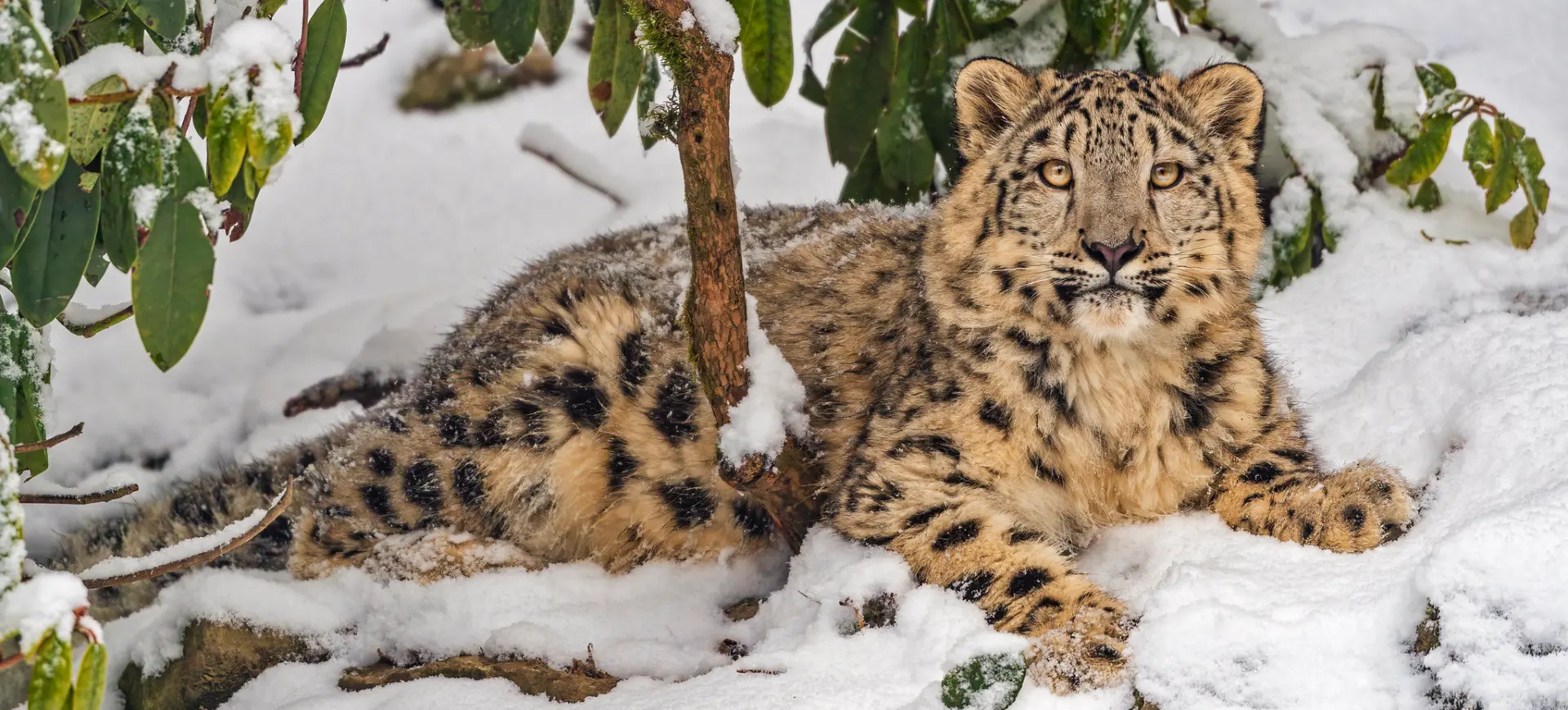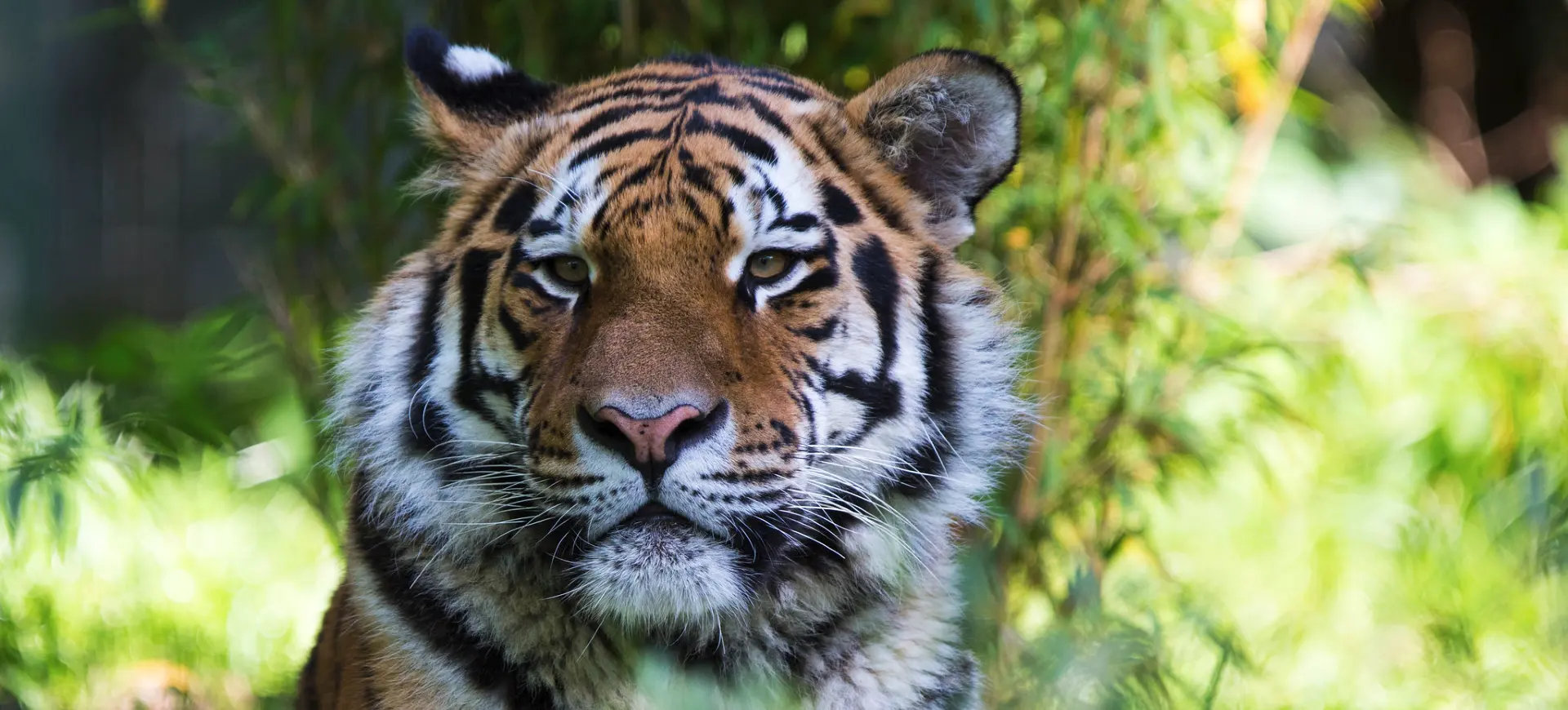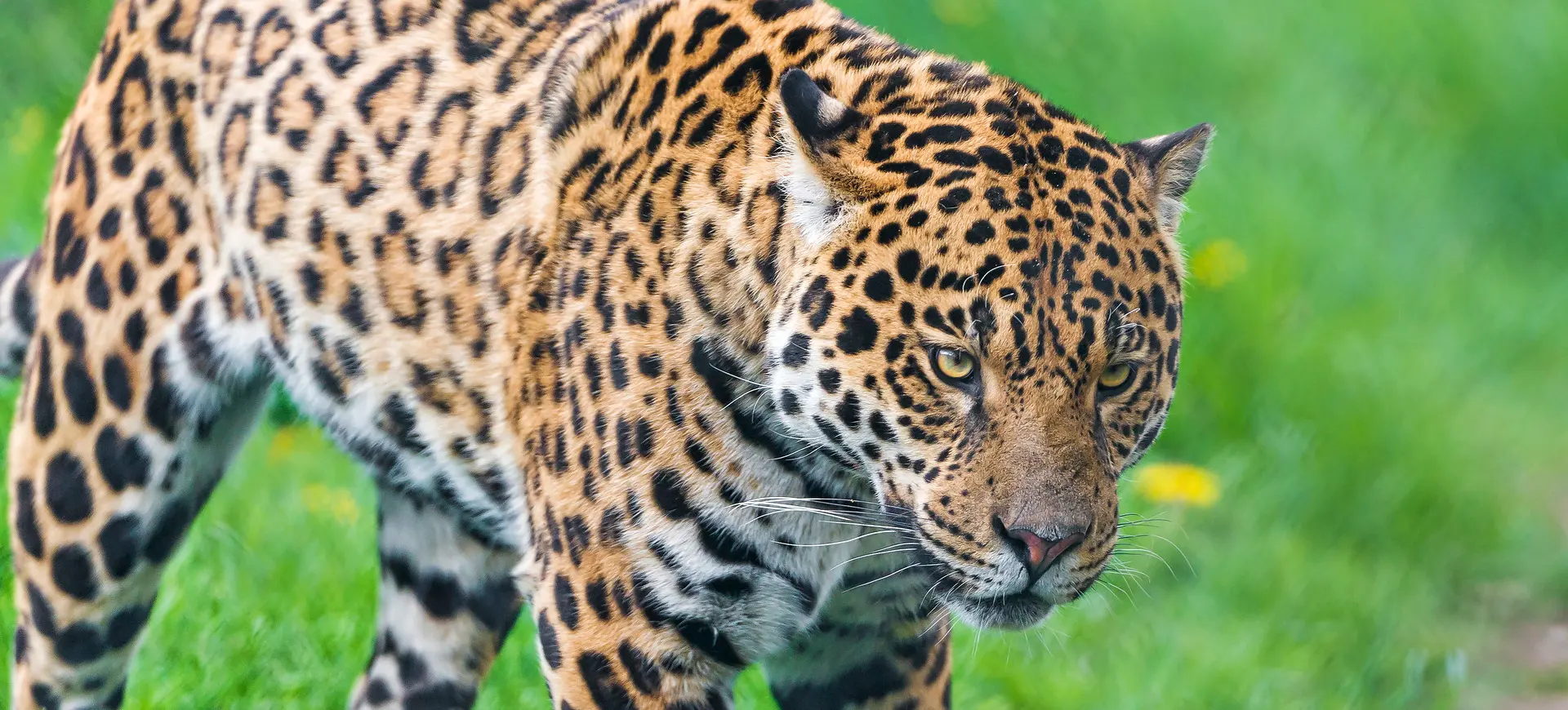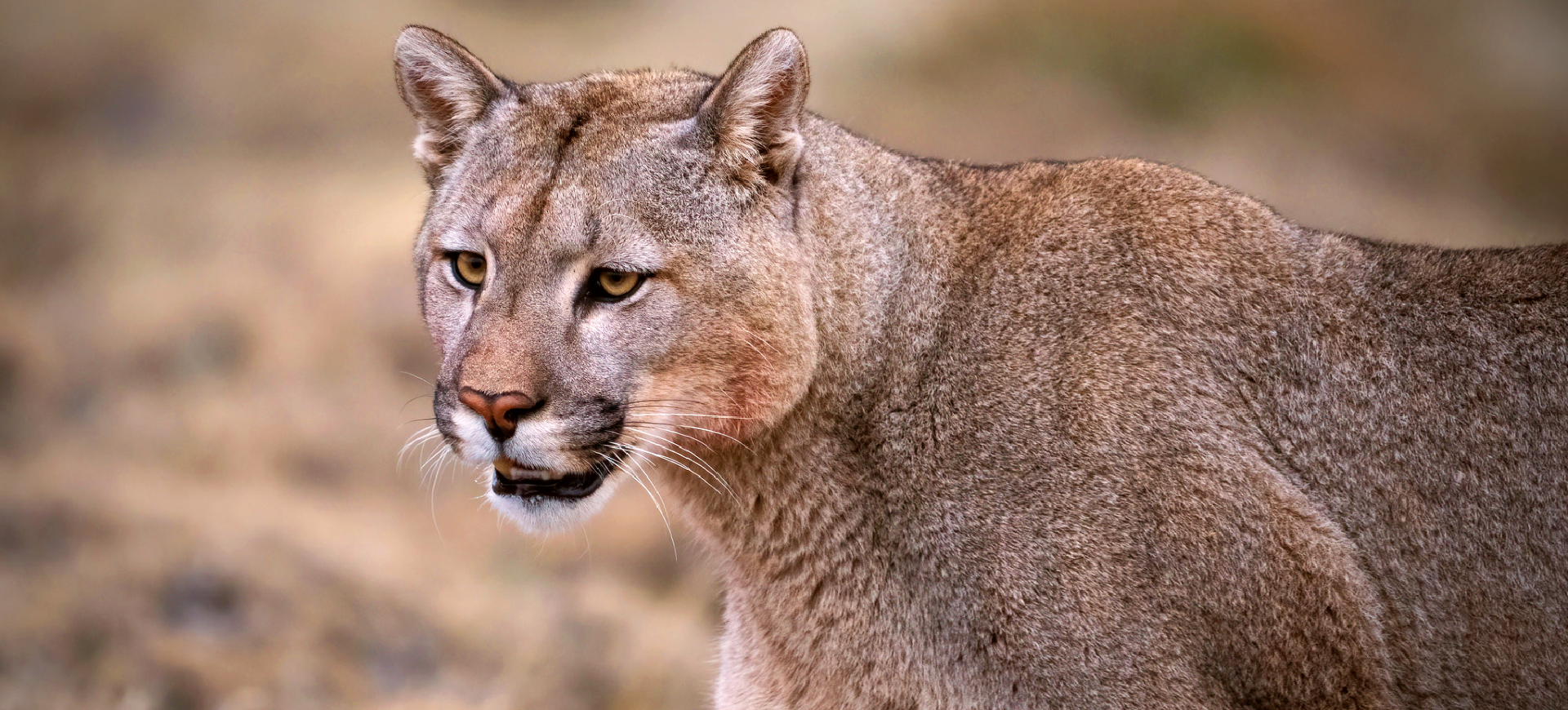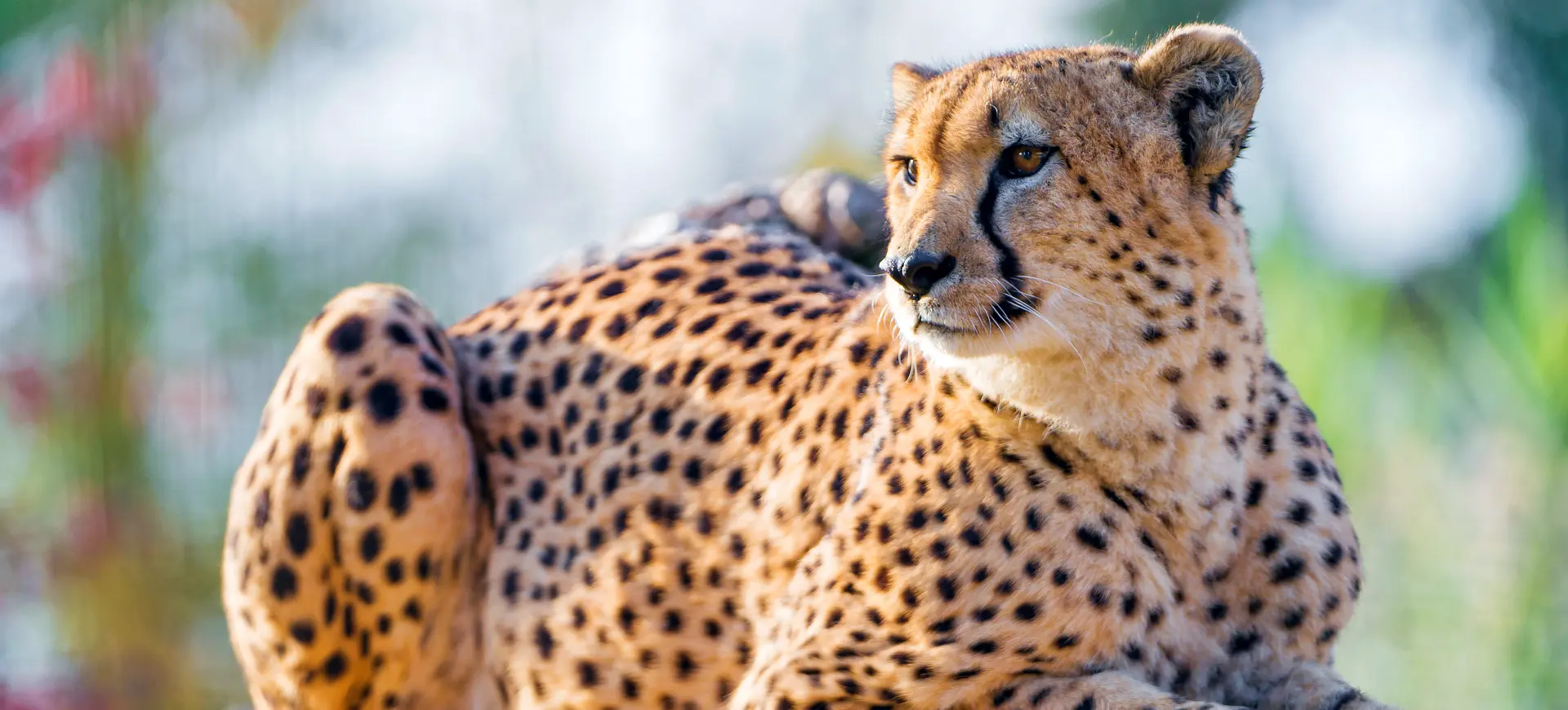Overview
The Black-footed Cat, also known as the small-spotted cat, is one of the smallest wild cat species in the world. Despite its diminutive size, it is a tireless and fearsome hunter known for its bravery and tenacity. These cats have a strong, compact body with a head that appears disproportionately large. Their fur is ochre, with distinct dark spots providing excellent camouflage in their desert and grassland habitats. They are solitary and nocturnal animals, spending the day in deserted termite mounds, springhare caves, or under shrubs.
Their geographic range is limited to parts of southern Africa, where they occupy arid, open habitats with some cover. The Black-footed Cat prefers sandy soil and sparse vegetation, including short-grass plains, dunes, and scrub deserts. Their name comes from the black soles of their feet, which are thought to protect them from the hot sand in their desert environment. They are highly adapted to their arid habitat, deriving much of their hydration from their prey and rarely drinking water.
These small predators have a varied diet and are accomplished hunters, capturing more prey in a single night than a leopard in six months. They hunt primarily by stalking, using their excellent senses of sight and hearing to locate prey. They will also dig to uncover rodents or reptiles hiding in the sand. Despite their small size, Black-footed Cats have been known to take on prey much larger than themselves.
Current distribution:
Black-footed Cats are primarily found in three countries in southern Africa: South Africa, Namibia, and Botswana. Their presence in Angola is likely but unconfirmed. Their range is associated with arid, open habitats with sparse vegetation and sandy soil. The species is not uniformly distributed throughout its range and is thought to be more prevalent in certain areas.
Populations of Black-footed Cats are widely scattered and fragmented due to their specific habitat preferences. Unfortunately, converting their natural habitats for agricultural purposes threatens the continuity of their range. Nevertheless, these cats are highly adaptable and can survive in modified habitats with sufficient prey and hiding places.
Physical Description:
The Black-footed Cat is distinctively small and stocky, with relatively short legs and a tail. Its fur is tawny and covered in black or brown spots, which merge into rings on the tail and legs. The spots provide a natural camouflage, allowing the cat to blend into the arid, grassy landscapes of its native habitat. Its feet’ undersides are black, where it gets its name.
Adult Black-footed Cats typically weigh between 2.2 and 5.5 pounds (1 to 2.5 kg) and measure between 14 and 20 inches (36 to 52 cm) in body length, excluding the tail. Males are typically larger than females. The tail is 5 to 8 inches (12.7 to 20.3 cm) long, relatively short compared to other cat species. The ears are large and rounded, aiding their acute sense of hearing, which is important for hunting in the dark.

Lifespan: Wild: ~9 Years || Captivity: ~13 Years

Weight: Male: 4.4-5.5 lbs (2-2.5 kg) || Female: 2.2-3.7 lbs (1-1.7 kg)

Length: Male: 17-20 in (43.2-50.8 cm) || Female: 14-16 in (35.6-40.6 cm)

Top Speed: 30 mph (48 km/h)
Characteristic:
Native Habitat:
The Black-footed Cat is native to the arid regions of southern Africa, predominantly found in the short-grass plains, dunes, and scrub desert. These cats are highly adapted to life in the desert and prefer sandy environments with sparse vegetation. They avoid areas with high grass that can obscure their view of the surrounding area.
They are not known to be good climbers and prefer to stay on the ground. During the day, they rest in caves, hollow termite mounds, or under shrubs to avoid the intense heat. At night, they emerge to hunt in their home range, which varies greatly depending on prey availability.
Biomes:
Biogeographical Realms:
Continents:
Countries:
Diet:
Diet & Feeding Habits:
Black-footed Cats are primarily carnivorous, with a diet heavily focused on small rodents, birds, and insects. They have been observed to eat more than 20 small animals in just one night, making them one of the most successful hunters of all the cat species, pound for pound. Unlike larger predators, these cats consume the entire prey, including fur, feathers, and bones, vital in an environment where food is scarce.
Their hunting method is a blend of patience, stealth, and quickness. They stalk their prey and pounce when the unsuspecting meal is within range. They have also dug into rodent burrows to flush out hiding prey. They are primarily nocturnal hunters, using the cover of darkness and their impressive night vision to locate and surprise their prey.
Mating Behavior:
Mating Description:
Mating in Black-footed Cats typically occurs yearly, usually between October and March. Males will seek out females in estrus, following their scent trails and vocalizations. Once a receptive female is found, the pair will mate several times. The male then leaves, and the female is solely responsible for raising the offspring.
After a gestation period of about two months, the female gives birth to a litter of one to three kittens in a secluded den. The kittens are born blind and helpless, and their mother stays with them for the first few days, leaving only briefly to hunt. As the kittens grow, the mother will frequently move them to new dens to avoid predator detection.
Reproduction Season:
Birth Type:
Pregnancy Duration:
Female Name:
Male Name:
Baby Name:
Social Structure Description:
Black-footed Cats are solitary and territorial animals. They mark their territory with urine and feces and avoid each other as much as possible. Males have larger territories than females, and their territories often overlap with those of several females. These cats are primarily nocturnal, and their activity patterns help to minimize encounters with other individuals.
Interaction between Black-footed Cats is mostly limited to the mating season. Mothers are the sole caregivers of their offspring. Kittens become independent at around five months old but may remain within their mother’s territory for some time before dispersing to establish their territories.
Groups:
Conservation Status:
Population Trend:
The Black-footed Cat has an estimated wild population of around 10,000 adults, and the species is classified as Vulnerable by the IUCN Red List. Populations appear to decrease due to various threats, including habitat loss, prey base reduction, and persecution. These cats have a low population density, and their habitats are often fragmented, making it difficult for populations to recover.
Their small size also makes them vulnerable to predation by larger carnivores and birds of prey. Furthermore, because Black-footed Cats are highly specialized in their habitat preference and diet, changes in their environment can have severe impacts. Conversion of their habitats for agriculture and development is one of the main threats to their survival.
Population Threats:
Black-footed Cats face several threats in their natural habitats. The primary threat is habitat loss due to overgrazing by livestock, leading to decreased prey availability. In addition, they are often killed in retaliation for preying on poultry, although such incidents are infrequent due to their secretive nature and preference for small mammals and birds.
Secondary poisoning from pesticides and rodenticides used to control pest species is another significant threat. These cats are also vulnerable to diseases, particularly those transmitted by domestic cats. Climate change may further exacerbate these threats by altering their habitats and the abundance and distribution of prey species.
Conservation Efforts:
Conservation efforts for the Black-footed Cat primarily involve habitat protection and research. The species is legally protected in Botswana and South Africa, and hunting is banned. There are ongoing studies to monitor populations, understand their habitat requirements, and assess threats. These cats are also part of captive breeding programs in several zoos worldwide, which serve as a genetic reservoir and help raise public awareness about the species.
Efforts are also being made to minimize secondary poisoning and promote sustainable farming practices compatible with wildlife conservation. Community outreach and education programs aim to reduce human-cat conflicts and to raise awareness about the species and its ecological role. Conservationists advocate for more extensive protected areas and the management of existing ones to benefit small carnivores like the Black-footed Cat.
Additional Resources:
Fun Facts
- The Black-footed Cat is the smallest wild cat in Africa and one of the smallest in the world.
- Despite their small size, they are one of the most successful hunters among cat species.
- Their name comes from the black soles of their feet.
- They can survive without water for long periods, getting most of their hydration from their prey.
- They have a higher metabolism than most cats and must eat a large amount of food relative to their body weight.
- Unlike other cats, they are poor climbers and prefer to stay on the ground.
- They can capture more prey in a single night than a leopard does in six months.
- Black-footed Cats have a unique “warning hiss” that sounds like the deadly venomous snake, the puff adder, possibly to scare off predators.
- They are solitary animals and only come together for mating.
- Mothers change dens frequently to avoid predators from detecting her kittens.


